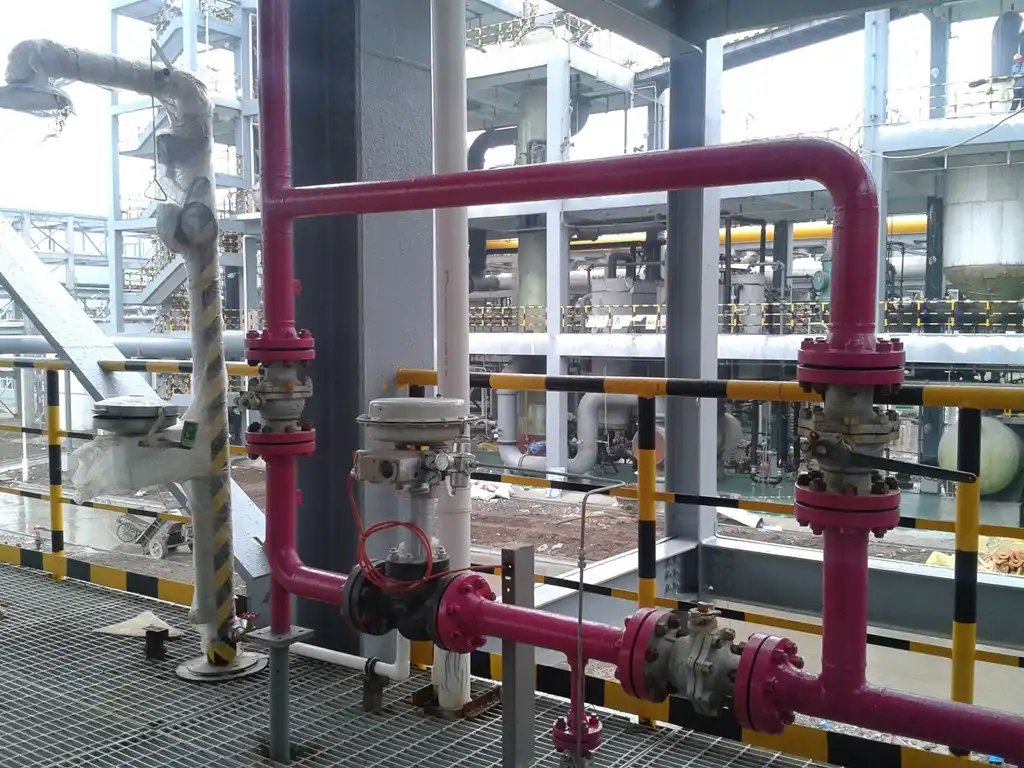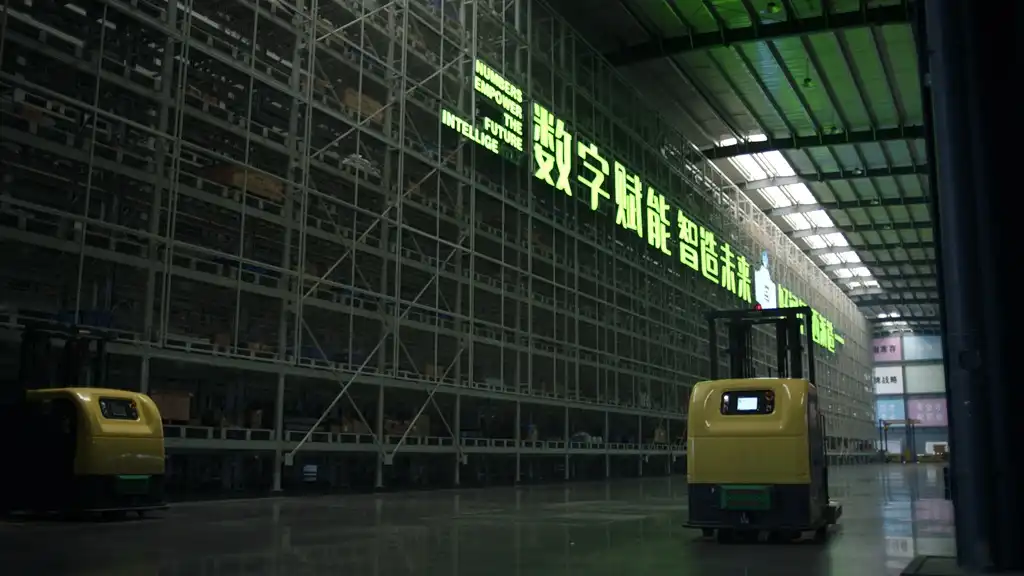Understanding On-Off Electric Ball Valves
Functionality and Operation
On-off electric ball valves are designed to provide two distinct positions: fully open or fully closed. These valves utilize an electric actuator to rotate the ball within the valve body, allowing or blocking fluid flow. The simplicity of their operation makes them highly reliable and suitable for applications where intermediate positions are unnecessary. On-off valves excel in scenarios requiring quick shutoff or full flow, such as emergency shutdown systems or process isolation.
Applications and Advantages
On-off electric ball valves find extensive use in various industries, including oil and gas, water treatment, and chemical processing. Their robust construction and straightforward operation make them ideal for harsh environments and critical applications. These valves offer several advantages, including rapid response times, low maintenance requirements, and high durability. In oil drilling operations, on-off valves play a crucial role in controlling fluid flow during various stages of the extraction process, ensuring safety and efficiency.
Considerations for Selection
When considering an on-off electric ball valve, factors such as valve size, pressure rating, and material compatibility must be carefully evaluated. The valve's body and seal materials should be selected based on the specific fluid properties and operating conditions. Additionally, the actuator's torque output should match the valve's requirements to ensure proper operation under all conditions. For applications in corrosive environments or high-temperature settings, specialized materials and coatings may be necessary to enhance valve longevity and performance.
Exploring Modulating Electric Ball Valves
Precision Control Capabilities
Modulating electric ball valves offer a higher degree of control compared to their on-off counterparts. These valves can adjust their position anywhere between fully open and fully closed, allowing for precise regulation of flow rates. The modulating capability is achieved through advanced actuator designs that incorporate position feedback and control systems. This level of control makes modulating valves invaluable in applications requiring fine-tuning of process variables, such as temperature regulation, pressure control, or flow balancing in complex piping systems.
Enhanced Efficiency and Process Optimization
The ability to modulate flow provides significant advantages in terms of process efficiency and resource utilization. By precisely controlling the flow rate, these valves can help optimize energy consumption, reduce waste, and improve overall system performance. In oil and gas applications, modulating electric ball valves play a crucial role in managing production rates, controlling wellhead pressure, and maintaining optimal flow conditions throughout the extraction and processing stages. The enhanced control capabilities also contribute to increased equipment longevity by reducing wear and tear associated with frequent on-off cycling.
Integration with Advanced Control Systems
Modulating electric ball valves are well-suited for integration with modern control systems and automation platforms. Their ability to accept analog or digital control signals allows for seamless incorporation into SCADA systems, PLC-controlled processes, or IoT-enabled smart factories. This integration enables real-time monitoring and adjustment of valve positions, facilitating predictive maintenance strategies and optimizing overall plant performance. In the context of oil drilling operations, this level of control and monitoring is essential for maintaining safe and efficient production processes across multiple wells and production facilities.
Comparative Analysis and Selection Criteria
Performance in Different Operating Conditions
When comparing on-off and modulating electric ball valves, it's essential to consider their performance under various operating conditions. On-off valves generally excel in high-pressure, high-flow applications where rapid shutoff is critical. Their simpler design often allows for better sealing capabilities and higher pressure ratings. Modulating valves, while capable of handling a wide range of pressures and flows, may require more sophisticated sealing arrangements to maintain tight shutoff when partially closed. In applications with frequent cycling or varying flow requirements, modulating valves typically offer better long-term performance and reduced wear on valve components.
Cost Considerations and Return on Investment
The initial cost of modulating electric ball valves is generally higher than that of on-off valves due to their more complex actuators and control systems. However, the long-term benefits of improved process control, energy efficiency, and reduced maintenance can often justify the higher upfront investment. When evaluating the total cost of ownership, factors such as energy consumption, process yield improvements, and maintenance frequency should be considered. In many cases, the operational savings and process improvements achieved with modulating valves can lead to a favorable return on investment, particularly in large-scale industrial applications or critical process control scenarios.

Maintenance and Reliability Factors
Maintenance requirements and overall reliability are crucial factors in valve selection. On-off electric ball valves typically offer lower maintenance needs due to their simpler construction and fewer moving parts. This can be advantageous in remote or difficult-to-access installations, such as offshore drilling platforms or subsea applications. Modulating valves, while more complex, often incorporate advanced diagnostics and predictive maintenance features that can help prevent unexpected failures and optimize maintenance schedules. When selecting between the two types, consider the availability of maintenance resources, the criticality of the application, and the potential impact of valve failure on overall operations.
Conclusion
Choosing between on-off and modulating electric ball valves requires careful consideration of your specific application requirements, operational goals, and long-term performance expectations. On-off valves offer simplicity, reliability, and cost-effectiveness for applications requiring full flow or complete shutoff. Modulating valves provide precision control, process optimization capabilities, and integration with advanced control systems, making them ideal for applications demanding fine-tuned flow regulation. By thoroughly evaluating factors such as operating conditions, cost considerations, and maintenance requirements, you can select the most appropriate electric ball valve solution to enhance your oil drilling, pipeline, or industrial process operations.
FAQs
1. What are the main differences between on-off and modulating electric ball valves?
On-off valves provide two positions (fully open or closed), while modulating valves offer variable positions for precise flow control.
2. Which type is better for high-pressure applications?
On-off valves generally perform better in high-pressure scenarios due to their simpler design and better sealing capabilities.
3. Are modulating valves more expensive?
Initially, yes. However, they can offer long-term cost savings through improved efficiency and process optimization.
4. Can modulating valves be integrated with existing control systems?
Yes, modulating valves are designed to work seamlessly with modern control and automation systems.
Expert Electric Ball Valve Solutions | CEPAI
CEPAI Group Co., Ltd. stands at the forefront of electric ball valve technology, offering cutting-edge solutions for oil drilling and industrial applications. Our state-of-the-art manufacturing facility, featuring the longest high-precision intelligent production line in the Asia Pacific region, ensures unparalleled quality and innovation. With our extensive range of electric ball valves and commitment to technological advancement, we provide tailored solutions to meet your specific needs. Contact us at cepai@cepai.com to explore how our expertise can enhance your operations.

References
Smith, J. (2022). Advanced Electric Valve Technology in Oil and Gas Applications. Journal of Petroleum Engineering, 45(3), 178-192.
Johnson, R. (2021). Comparative Analysis of On-Off and Modulating Valve Performance. Industrial Process Control Review, 33(2), 89-104.
Brown, A. (2023). Electric Ball Valve Selection Criteria for High-Pressure Systems. Fluid Control Engineering Quarterly, 56(4), 215-230.
Davis, M. (2022). Energy Efficiency Improvements Through Modulating Valve Implementation. Energy Optimization in Industry, 28(1), 67-82.
Wilson, L. (2023). Maintenance Strategies for Electric Ball Valves in Harsh Environments. Reliability and Maintenance Engineering Journal, 39(3), 142-157.
Thompson, K. (2021). Integration of Smart Valve Technologies in Modern SCADA Systems. Automation and Control Solutions, 50(2), 201-216.

_1746598525968.webp)



